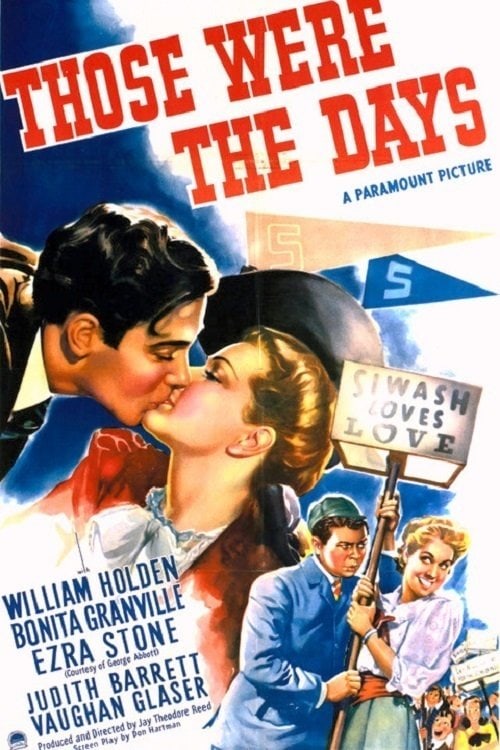During the first several decades of its operation, the Galesburg Orpheum was a strictly segregated theater. People of color had to sit on the balcony, entering through a designated staircase and confined to the smaller, less ornate bathrooms on the top floor. “The irony,” says Executive Director Kevin Maynard, “is that those are the seats that I recommend for most of our shows. It’s the best view in the house.”
This is due to the building’s shape, which is that of a megaphone. “If you’re standing in the balcony, you can look at the stage and from the proscenium arch it flares out like a megaphone to make the acoustics in that building nearly perfect. There wasn’t vocal amplification in 1916, so you had to talk on that stage and be heard at the back of the house.” Today, you can stand on that stage and have a conversation with someone at the back of the house. “It’s really, really cool,” Maynard says.
The first steps towards desegregation happened in the 1940s, when the movie Those Were The Days, starring William Holden, was filmed in Galesburg. “[Holden] said he would not debut the film in a segregated theater,” Maynard says. Although the management agreed, the change was temporary—and it wasn’t until a couple of years later that the theater was permanently desegregated.

Read more about Galesburg's Orpheum Theater in the May/Juneissue of Art & Society. PS


